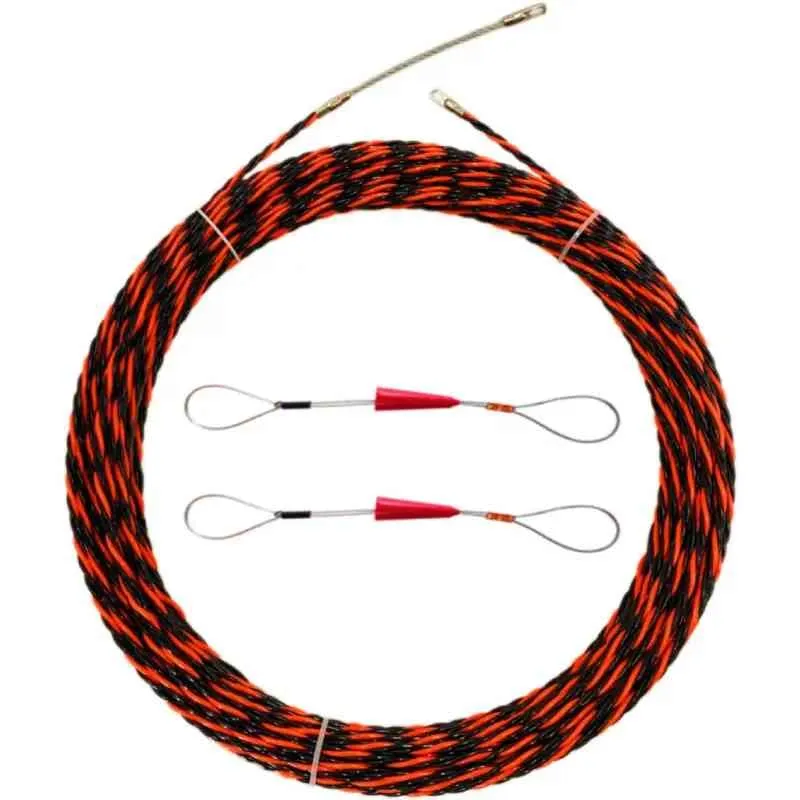
-
 Afrikaans
Afrikaans -
 Albanian
Albanian -
 Amharic
Amharic -
 Arabic
Arabic -
 Armenian
Armenian -
 Azerbaijani
Azerbaijani -
 Basque
Basque -
 Belarusian
Belarusian -
 Bengali
Bengali -
 Bosnian
Bosnian -
 Bulgarian
Bulgarian -
 Catalan
Catalan -
 Cebuano
Cebuano -
 Corsican
Corsican -
 Croatian
Croatian -
 Czech
Czech -
 Danish
Danish -
 Dutch
Dutch -
 English
English -
 Esperanto
Esperanto -
 Estonian
Estonian -
 Finnish
Finnish -
 French
French -
 Frisian
Frisian -
 Galician
Galician -
 Georgian
Georgian -
 German
German -
 Greek
Greek -
 Gujarati
Gujarati -
 Haitian Creole
Haitian Creole -
 hausa
hausa -
 hawaiian
hawaiian -
 Hebrew
Hebrew -
 Hindi
Hindi -
 Miao
Miao -
 Hungarian
Hungarian -
 Icelandic
Icelandic -
 igbo
igbo -
 Indonesian
Indonesian -
 irish
irish -
 Italian
Italian -
 Japanese
Japanese -
 Javanese
Javanese -
 Kannada
Kannada -
 kazakh
kazakh -
 Khmer
Khmer -
 Rwandese
Rwandese -
 Korean
Korean -
 Kurdish
Kurdish -
 Kyrgyz
Kyrgyz -
 Lao
Lao -
 Latin
Latin -
 Latvian
Latvian -
 Lithuanian
Lithuanian -
 Luxembourgish
Luxembourgish -
 Macedonian
Macedonian -
 Malgashi
Malgashi -
 Malay
Malay -
 Malayalam
Malayalam -
 Maltese
Maltese -
 Maori
Maori -
 Marathi
Marathi -
 Mongolian
Mongolian -
 Myanmar
Myanmar -
 Nepali
Nepali -
 Norwegian
Norwegian -
 Norwegian
Norwegian -
 Occitan
Occitan -
 Pashto
Pashto -
 Persian
Persian -
 Polish
Polish -
 Portuguese
Portuguese -
 Punjabi
Punjabi -
 Romanian
Romanian -
 Russian
Russian -
 Samoan
Samoan -
 Scottish Gaelic
Scottish Gaelic -
 Serbian
Serbian -
 Sesotho
Sesotho -
 Shona
Shona -
 Sindhi
Sindhi -
 Sinhala
Sinhala -
 Slovak
Slovak -
 Slovenian
Slovenian -
 Somali
Somali -
 Spanish
Spanish -
 Sundanese
Sundanese -
 Swahili
Swahili -
 Swedish
Swedish -
 Tagalog
Tagalog -
 Tajik
Tajik -
 Tamil
Tamil -
 Tatar
Tatar -
 Telugu
Telugu -
 Thai
Thai -
 Turkish
Turkish -
 Turkmen
Turkmen -
 Ukrainian
Ukrainian -
 Urdu
Urdu -
 Uighur
Uighur -
 Uzbek
Uzbek -
 Vietnamese
Vietnamese -
 Welsh
Welsh -
 Bantu
Bantu -
 Yiddish
Yiddish -
 Yoruba
Yoruba -
 Zulu
Zulu


Nov . 01, 2024 01:01 Back to list
Electrical Wire Handling Tool for Secure Grip and Efficient Installation
Understanding Electrical Wire Grips An Essential Tool for Safe Wiring
In the world of electrical work, safety and efficiency are paramount. One tool that has become indispensable for electricians and technicians alike is the electrical wire grip. These grips play a crucial role in handling, pulling, and securing electrical wires, ensuring that the installation process is not only effective but also safe.
What is an Electrical Wire Grip?
An electrical wire grip is a specialized tool designed specifically for gripping and pulling wires
. It is typically made from durable materials such as steel or other high-tensile alloys, allowing it to handle the substantial tension created when wires are being pulled through conduits or cable runs. Wire grips come in various sizes and designs to accommodate different wire types and diameters, making them versatile tools for professionals in electrical installation and maintenance.How Does it Work?
The fundamental principle behind an electrical wire grip is its ability to securely latch onto the wire without causing damage. Most wire grips employ a mechanism that allows the grip to tighten as the wire is pulled, preventing any slippage. This is particularly important in electrical work, where maintaining the integrity of the wiring is crucial for performance and safety. Some models feature a locking or self-tightening design that ensures the grip remains secure until intentionally released.
Why Use a Wire Grip?
electrical wire grip

Using a wire grip has several advantages. Firstly, it significantly reduces the risk of wire damage during installation. When pulling wires through tight spaces, using a grip minimizes the chances of kinking or fraying the cable, which can lead to failure and potential hazards. Secondly, it enhances the safety of the worker. By providing a secure hold on the wire, it allows electricians to exert more force without the risk of losing control of the wire or causing it to snap back.
Additionally, wire grips improve efficiency. They enable a smoother and quicker installation process, as technicians can pull longer runs of wire without needing to stop frequently to adjust or reposition. This efficiency is especially beneficial in larger projects where time and precision are crucial.
Types of Wire Grips
There are several types of wire grips tailored for specific applications. Some are designed for single wires, while others can accommodate multiple cables. Additionally, there are grips with features such as swivel designs that allow for greater maneuverability and flexibility during installation tasks. Certain grips are also insulated to enhance safety when working with live wires, making them essential for electrical maintenance and repairs.
Conclusion
Electrical wire grips are vital tools that enhance both the safety and efficiency of electrical work. With their ability to securely hold and pull wires, these grips help ensure a smooth installation process while minimizing risks to both the worker and the materials. As technology advances and electrical systems become more complex, the reliance on such specialized tools is likely to increase, further cementing the wire grip’s place in the toolkit of every professional electrician. Investing in high-quality wire grips can lead to better results and safer working conditions, making them an essential asset in the field of electrical work.
Latest news
What Are Construction Tools and How Are They Used?
NewsJul.11,2025
Professional-Grade Duct Rodding Tools for Superior Cable Installation
NewsJul.11,2025
Enhancing Safety and Efficiency with Modern Hot Stick Solutions
NewsJul.11,2025
Empowering Cable Installation with Advanced Rodder Solutions
NewsJul.11,2025
Elevate Your Cable Installation Projects with Cable Pulling Tools
NewsJul.11,2025
Efficient Cable Handling Solutions: Cable Rollers for Sale
NewsJul.11,2025











